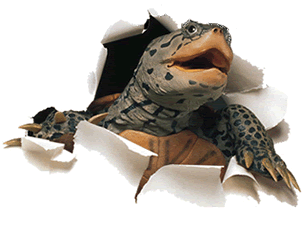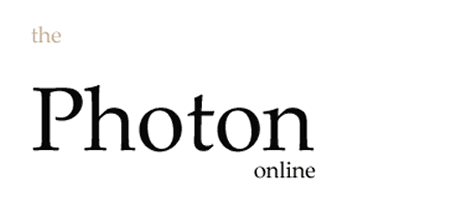Berg Tours India with Demonstration Lectures
By: Richard Berg
In December I was privileged to present a series of six lecture-demonstration programs at several major science centers in Kolkata and Delhi, India. Topics for the lectures were Sound and Light and The Physics IQ Test, each of which was presented three times at various venues. The government of India now supports about 29 science centers around the country, and is in the process of developing about 29 additional centers. The centers at which programs were presented included the National Science Centre in Delhi, the Birla Industrial and Technological Museum in Kolkata, and Science City in Kolkata. Science City, the largest science center in India, includes a large modern auditorium, shown in the photograph, at which the program was held.
The targeted audience for most presentations was teachers and students, with some being also open to the public. The programs at the National Science Centre in Delhi were held in conjunction with a workshop for area physics teachers, with whom I had the opportunity to hold discussions about physics education in India and the United States as well as the use of demonstrations using the peer instruction method now popular here at the University of Maryland with the “clicker” system. Although reasonably common here in the States, the idea of using the question and answer type of demonstrations as a tool in physics education is relatively new to Indian secondary education. One of the purposes of my visit was to illustrate how these demonstrations can be used in physics teaching, both in the standard high school curriculum and in demonstration presentations at such venues as the Indian science centers. The student groups, including both middle school and high school levels, seemed genuinely interested and excited about the demonstrations and the arguments that ensued, and were in my experience very well educated both in English and in physics. The teachers seemed excited about the possibility of using more demonstrations in their classes, and agreed that expanding use of demonstrations in the curriculum is something from which Indian students could greatly benefit. I was quite surprised by how many of the teachers were familiar with our Lecture-Demonstration web site and had even used some of the Question of the Week material in their classes. The curators involved with the science center physics programs felt that additional demonstration programs including question and answer brainteaser type demonstration experiment would make an excellent addition to their programs. As the Indian economy continues to grow and as educational opportunity expands in India, it is likely that demonstration experiments will grow as an important tool in physics education for Indian students, as they have in the United States.
|
||||
| -------------------------------------------------------------------------------------------------------------------------------------------------------------------------------------------- Dr. Berg is a Professor at the University of Maryland Department of Physics. He is a member of the Education Services group and in charge of the Lecture Demonstration Facility. He is also the host for UMD's Physics is Phun lecture series. For questions and comments, please contact him at reberg@physics.umd.edu. |


